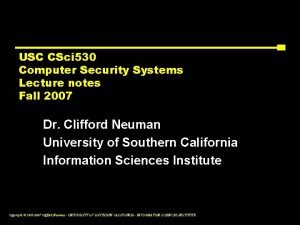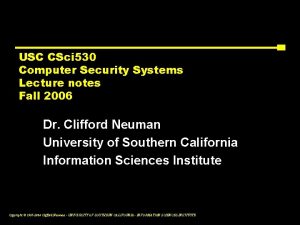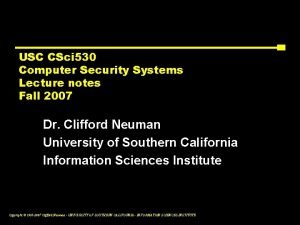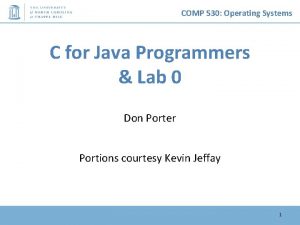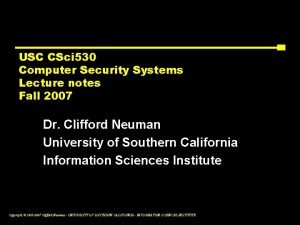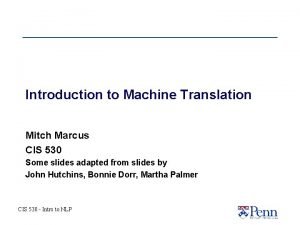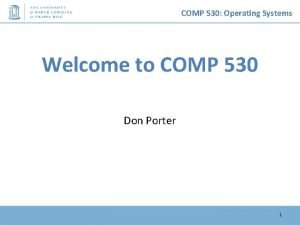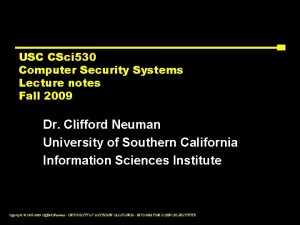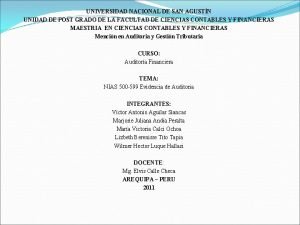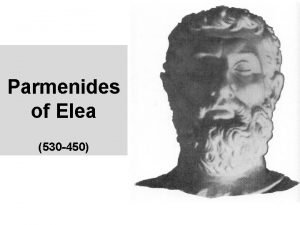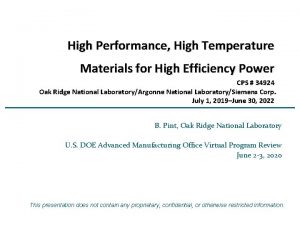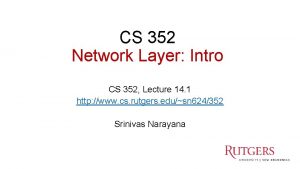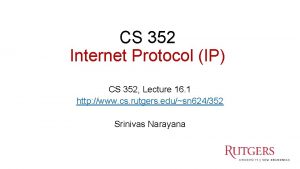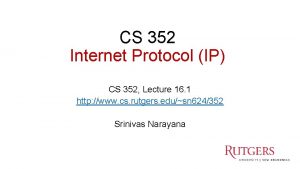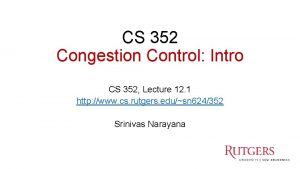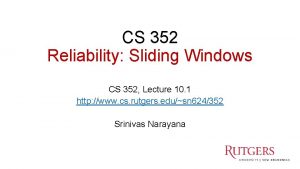530 352 Materials Selection Lecture 26 High Temperature



















- Slides: 19

530. 352 Materials Selection Lecture #26 High Temperature Creep - II Tuesday November 15 th, 2005

Sherby-Dorn Equation. ss = C n exp (- Qdiffusion / RT) Temperature dependence Stress dependence Constants Use this equation to calculate creep rate at any given or new stress or temperature !!

Example of creep based design: Ni-base superalloys that are used for jet turbine applications exhibit Qcreep = 320 k. J/mol and n=5. • What is the creep rate at 925 o. C and 350 MPa if C=1. 7 x 10 -7 and R=8. 314 J/mol-o. C ? • What would the creep rate be if the stress were increased by 25 MPa ? • What would the creep rate be if the temperature were increased by 25 o. C ? • If your boss wanted to increase the operating temperature by 50 o. C, how much would you have to decrease the stress to maintain the same creep rate ?

Creep rate; T=925 o. C and s=350 MPa. ss = C n exp (- Q / RT) . ss = 1. 7 x 10 -7 3505 exp( -320, 000/8. 314 x 1198 K ) = 1. 7 x 10 -7 x 5. 25 x 1012 = 10 -8 sec-1 x 11. 1 x 10 -15

Is 10 -8 sec-1 fast ? Is short for a service life but long for a graduate student -- must extrapolate from short tests to long times !!

Increasing by 25 MPa : . ss-1 = C n exp (- Q / RT 1) . ss-2 = C 2 n exp (- Q / RT 2) . . 1 / 2 = ( / 2 )n = (350/375)5 = 0. 708 . 2 = 1. 4 x 10 -8 sec

Increasing by 25 o. C: . ss-1 = C n exp (- Q / RT 1) . ss-2 = C 2 n exp (- Q / RT 2) 2 = 1. 92 x 10 -8 sec

Changing both T and s : . ss-1 = C n exp (- Q / RT 1) . ss-2 = C 2 n exp (- Q / RT 2)

Creep Mechanisms (metals and ceramics) Diffusion creep Dislocation creep (power-law creep) Stress Relaxation Creep Fracture

Diffusion creep grain boundary diffusion d bulk crystal diffusion d

Dislocation creep Diffusion assisted climb important: 1. Annihilation: poof ! climb 2. By passing obstacles: glide climb

Dislocation Climb:

Stress Relaxation. total = el + pl = 0 so el . . . el = / E and pl . =- pl n = A c (@ cont. T) -n d = - A E dt 1 -n | = o AE t t |0 p el time

Tertiary creep : c Creep damage starts tertiary creep time

Design against creep (metals) Minimize T / Tmelting to slow diffusion, climb, and creep. Arrange for large grain sizes to slow diffusion. Use precipitates (oxide particles) and solid solutions to slow dislocations.

Creep in ceramics : Very little dislocation motion - mostly diffusion creep or something else. Glassy phases (oxides) that form at grain boundaries soften and high T and lead to grain boundary sliding.

Design against creep (ceramics) Similar to metals, reduce diffusion and dislocation motion, but must also. . . Reduce/control grain boundary phases.

Creep Mechanisms (polymers) Tg replaces Tm at the critical T and Tg is often close to RT !!! Viscous flow is like creep: . = C exp (-Qv / RT) Qviscous not QDiffusion, Qvicsous is Q slide lumpy molecules past one another n = 1 for Newtonian viscous flow

Design Against Creep (polymers) Increased degree of cross-linking -> increased Tg and less creep. High molecular weight -> high viscosity -> low creep rate. Crystalline polymers better than glassy. Add fibers or particles to make composites !!
 01:640:244 lecture notes - lecture 15: plat, idah, farad
01:640:244 lecture notes - lecture 15: plat, idah, farad Difference between curie temperature and neel temperature
Difference between curie temperature and neel temperature Difference between curie temperature and neel temperature
Difference between curie temperature and neel temperature Ferromagnetis
Ferromagnetis Csci 530
Csci 530 Csci 530 security systems
Csci 530 security systems Netcheque
Netcheque Csci 530 security systems
Csci 530 security systems Ece 530
Ece 530 Comp 530
Comp 530 Bioc 530
Bioc 530 Csci 530 usc
Csci 530 usc Cis 530 upenn
Cis 530 upenn Comp 530
Comp 530 Pinstir
Pinstir Nia 580
Nia 580 Nep 330
Nep 330 Principle of non contradiction
Principle of non contradiction Ece 530
Ece 530 Ece 530
Ece 530




